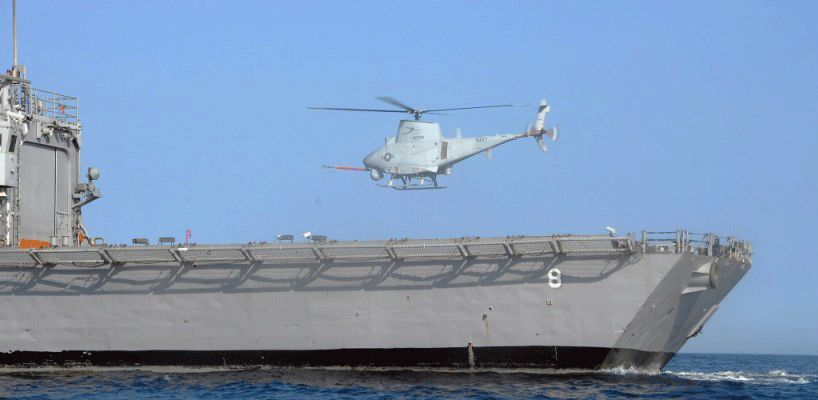The Federal Aviation Administration (FAA) is being flooded with requests to fly small, commercial unmanned aircraft in the nation’s airspace, underscoring the drone industry’s seemingly unlimited potential for growth.
Since the FAA began accepting such applications last year, it has received more than 2,000 requests and approved more than 700 of them, said Brian Wynne, president and chief executive officer of the Association for Unmanned Vehicle Systems International (AUVSI). The number of approvals began as a trickle but has mushroomed to about 50 a week.
Formally called unmanned aerial vehicles (UAVs) or unmanned aircraft systems (UAS), drones have been cleared for such purposes as precision agriculture; infrastructure inspections; mapping and surveying, film, photo and video production; search and rescue; and environmental inspection and regulation.
Ushering in New Industries
“Just as smartphones and tablets revolutionized our economy over the past decade, UAS are transforming the way a number of industries operate, and are creating several new ones as well – from startups focused on developing new UAS platforms and components to entrepreneurs creating new business models that offer specific UAS services,” Wynne testified before the House Small Business Committee July 15.
Among the businesses benefitting from this transformation are PrecisionHawk of Raleigh, N.C., whose Lancaster UAV helps farmers monitor crops, and Aerial Mob of Southern California, which is considered a pioneer in UAS use for film production, Wynne said.
UAVs traditionally geared to the military are also entering the commercial sphere. For instance, AeroVironment of Monrovia, Calif., has received FAA approval to repurpose its intelligence-gathering Puma for “agriculture, aerial survey and patrol operations.” Lockheed Martin’s Desert Hawk III, which the British Army has fielded for years, can now be flown by Huntsville, Ala.-based enrGies Inc. for “aerial video and data gathering.”
Operating small drones, or those weighing under 55 pounds, is currently authorized by the FAA on a case-by-case basis, using authority under Section 333 of the FAA Modernization and Reform Act of 2012. A database of approvals is posted here. The agency is working on regulations to allow routine use of such drones. Integrating larger commercial UAVs into the national airspace is more technically challenging and is farther down the road.
The growing commercial UAS sector will be the focus of a July 23 panel discussion hosted by the House Unmanned Systems Caucus. The Capitol Hill event, which is open to the public, will take place from noon to 2 p.m. at 2168 Rayburn House Office Building.
Representatives from industry groups, including the American Farm Bureau Federation, Edison Electric Institute, Motion Picture Association of America, Associated General Contractors of America, and National Association of Realtors, will describe how their members use UAS technology. AUVSI will moderate the event. In 2013, AUVSI estimated that integrating UAS into the national airspace would create more than 100,000 jobs and more than $82 billion in economic impact by 2025.



